
Bugs are an inevitable part of the app creation process.
No matter how thorough the testing and quality assurance processes are, some bugs always slip through the cracks.
When dealing with these issues, deciding what to tackle first is crucial, as you want to use your developers’ time and resources in the most effective way possible and fix priority issues.
In this article, we will explore five of the best practices you can follow while prioritizing bugs.
By following these guidelines, you can hopefully ensure that your team addresses the most critical issues first, helping keep your app stable and performing well.
Table of Contents
Have a bug triage meeting
One of the most effective ways to deal with mobile app bugs swiftly is to have regular bug triage meetings.
These meetings, also known as defect triage meetings, bring together professionals from many sectors within your organization, who have different perspectives on encountered issues—making prioritizing bugs a team effort.
The most valuable insights can be gained from these three mandatory participants in the triage meetings:
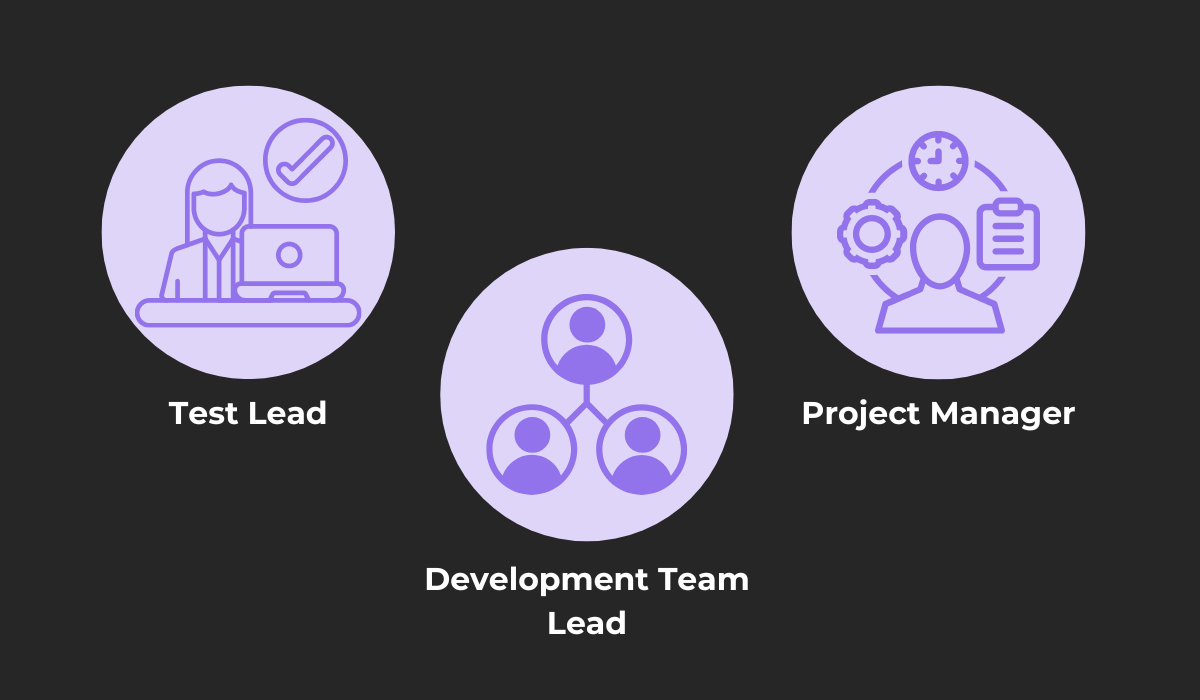
Test leads may prioritize bugs in light of their impact on the testing process, user experience and the stability of the app.
They may primarily consider the frequency of a bug and how it affects the overall functionality of the app.
For test leads, the main focus is on ensuring that the app is of high quality and provides a positive user experience.
As a development team lead, even though you can focus on these aspects as well, you may also rank bugs according to the complexity of the fix and the amount of time it will take to resolve the issue.
You can also consider the impact of the bug on the development schedule and the overall progress of the project.
Concerning yourself with the workload of your team, you may generally prioritize bugs that are easy to fix and will not significantly impact the schedule over more complex issues that could cause delays.

Get unreal data to fix real issues in your app & web.
Finally, project managers may prioritize bugs based on their impact on the project timeline and budget.
They may consider the potential impact of the bug on the app’s reputation and the overall business objectives of the project.
For project managers, it’s important to balance the need to fix important bugs with the overall goals of the project and the available resources.
Besides these three participants, other professionals from your organization are encouraged to share their input as well.
The list of possible participants can include the following:
- Development team lead
- Test lead
- Technical lead
- Project manager
- Product manager
- Testers
- Developers
- Business analysts
By bringing together these different perspectives in a bug triage meeting, it’s possible to get a more comprehensive view of the bugs and prioritize them in a way that takes into account the different priorities of each professional.
Make security bugs a priority
Although the participants in defect triage meetings can have many different perspectives and priorities while handling bugs, one type of defect they will most likely agree on is security bugs.
Security bugs are vulnerabilities in a mobile app’s code that can potentially be exploited by hackers to access sensitive data or perform malicious attacks.
Hackers can exploit security bugs to steal or damage valuable user data or data from your organization, which can negatively affect your app’s reputation and result in significant financial losses.
To prevent these types of issues, it’s essential to prioritize security bugs and have your team fix them as soon as possible.
Security bugs can affect different aspects of an app, including data storage, user authentication, and network communication.
These issues often revolve around data storage, a concerning fact, as statistics say that most mobile apps have insecure data storage.
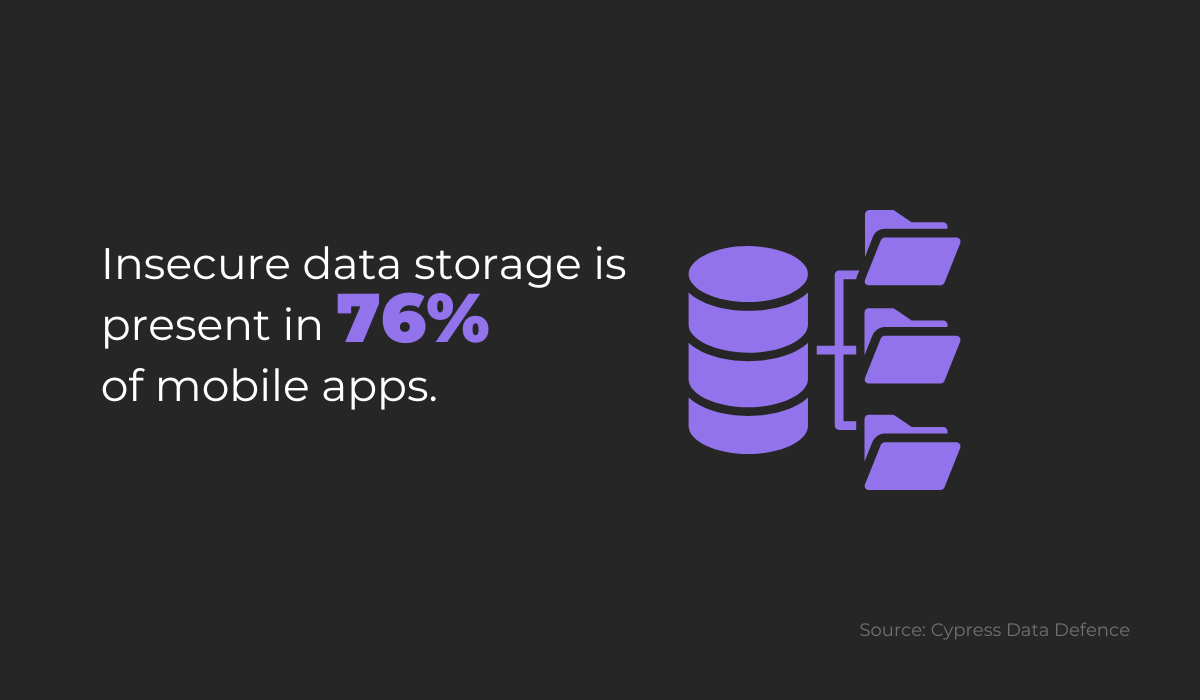
Data breaches are harmful in all circumstances, but can be especially damaging if the app is used for business purposes, as the security breach could compromise sensitive information.
Malicious individuals can steal valuable user data such as personal identification data, or credit card and bank account information.
Or, they can steal your company’s data and use it for nefarious purposes, such as selling it to other companies and your competitors or destroying your brand’s reputation.
These security flaws are among the most common:
- SQL injection attacks
- Cross-site scripting
- Cross-site request forgery
Black hat hackers are constantly on the lookout for these types of vulnerabilities in apps, and if they are able to find and exploit a security bug for their own benefit, they will do so, causing significant harm to your company.
By addressing security issues as soon as possible, you can protect the app and its users from significant harm and maintain the integrity of your app.
Determine bug severity
Determining bug severity is an important step in dealing with the different mobile bugs you may encounter.
Prioritizing bugs based on severity levels is an important practice.
It helps identify which issues are most pressing and require immediate attention and which can be addressed at a later time.
While it is common practice to prioritize bugs solely based on their severity, it’s important to note that this metric is not the only factor determining which bugs need to be addressed first.
What’s more, it’s crucial to avoid confusing priority and severity, as it’s sometimes done.
To understand the difference between these two concepts, we can view their official definitions.
According to the ISTQB Glossary, they are defined as follows:
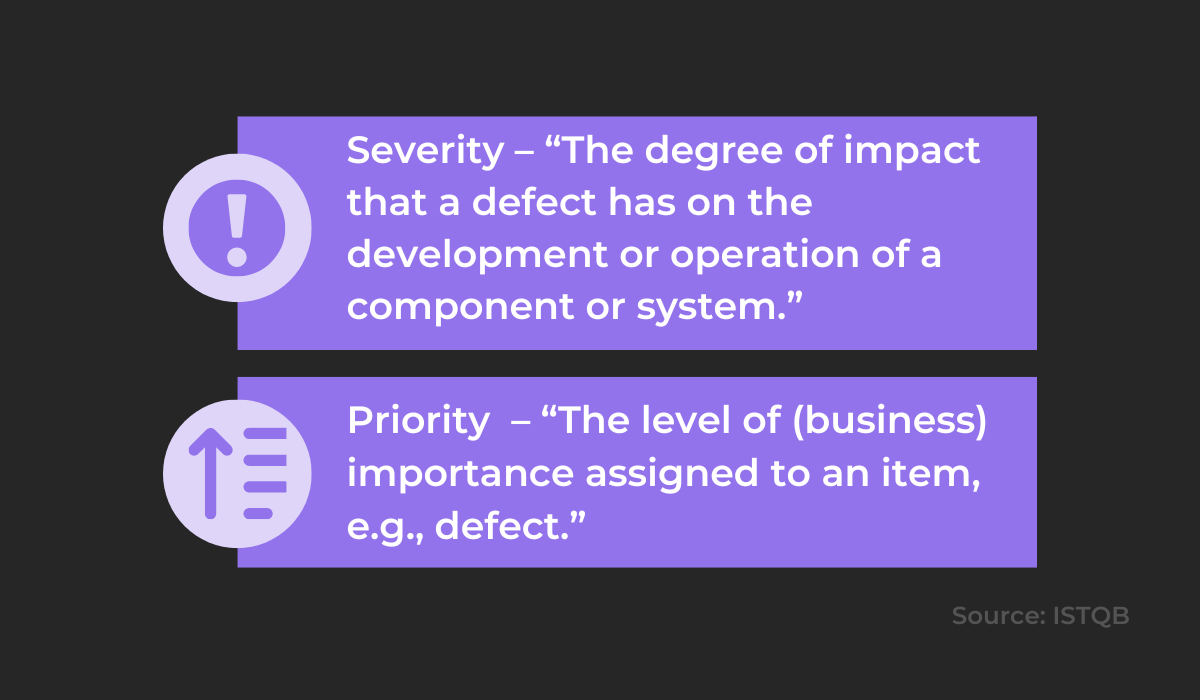
Simply put, bug severity refers to the negative impact that a bug has on an app’s functionality, while bug priority refers to the order in which bugs should be addressed.
Failing to understand the difference between bug severity and bug priority can have significant consequences for a development team.
Even though it may seem intuitive to handle the most severe issues first, if your team prioritizes bugs solely based on their severity, they may end up addressing issues that are less pressing first.
For example, a minor severity bug that occurs frequently and affects many users may be more pressing than a critical severity bug that occurs infrequently and affects only a few users.
By prioritizing the critical severity bug first, your team may be wasting valuable resources on an issue that is less pressing, while ignoring seemingly more minor issues that are causing significant inconvenience to users.
Overall, bug severity is an important metric that you should consider while prioritizing bugs, but it’s best used in combination with other metrics, such as bug frequency or the business value of a bug.
Check how frequently a bug appears
As mentioned, one factor that can help you determine the order in which developers tackle an issue is the rate at which it occurs.
Bug frequency is a highly useful way to categorize defects, especially when used in combination with other metrics like bug severity.
This way of categorizing bugs is most valuable if your app has a large user base—in such a case fixing a bug that affects the most people should usually be considered a priority.
To illustrate how you can use bug frequency to prioritize bugs, we will show you a real example.
On her website, product development consultant Johanna Rothman talks about a company that measured the frequency of a bug by determining the percentage of users that encountered it.
This company had a product with a large customer base and decided that prioritizing a bug based on how many users ran into it was an effective approach for their organization.
Their frequency classification, which you can adjust according to your own needs, is shown below.
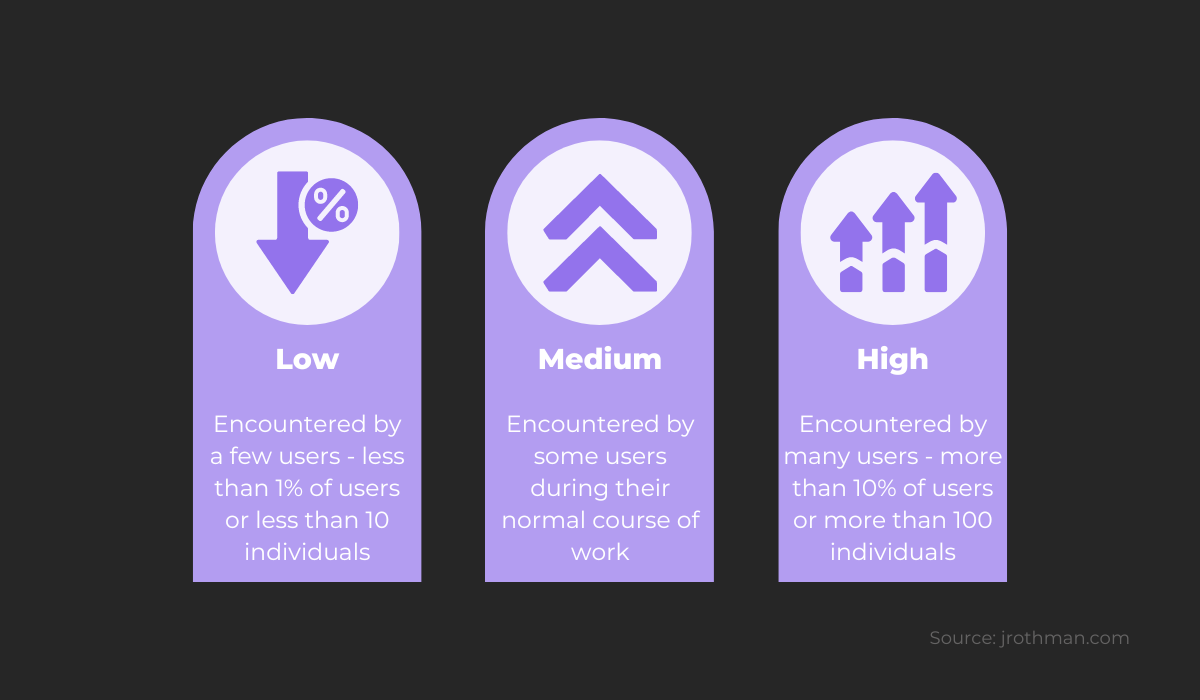
When certain bugs were encountered by a relatively high number of users, this company made them a priority—fixing them before users started getting frustrated and harboring a negative view of the company.
Summarizing their approach, Johanna thinks their idea is like saying:
Who’s affected by this problem? If there are lots of them, let’s deal with it.
Nevertheless, when using bug frequency as a factor in prioritization, it’s important to consider the context of the bug and not use this metric alone.
For example, a bug that appears frequently but has a low impact on user experience or has a simple workaround may not be as pressing as a bug that appears less frequently but has a significant impact on the app’s functionality.
It’s often useful to combine this metric with bug severity as this can help differentiate between frequently occurring mild annoyances and recurring bugs that impact the app significantly and need to be addressed fast.
Overall, by considering bug frequency in addition to the other practices discussed in this article, you can have a way of taking the percentage of users experiencing issues into account while prioritizing bugs.
Keep the big picture in mind
When prioritizing bugs in your mobile application, it’s important to keep the big picture of your app in mind.
What this means is that you might want to consider the overall impact of a certain bug on the entire app and its features, as well as the business value of the parts of the app that are affected.
To look at your app and its bugs more objectively, take a moment to consider what your product delivers to users and what makes it stand out—its unique selling points.
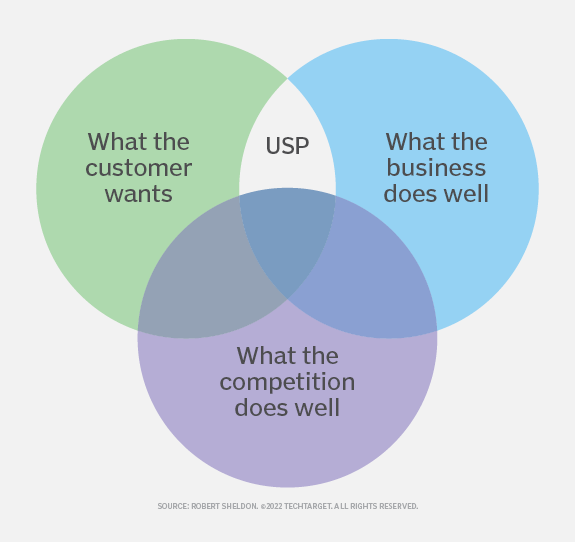
These aspects of your app are what customers use it for and what your business is most effective at delivering—the parts that set you apart from competitors and provide users with great value.
This idea can help you while sorting out bugs as it can guide your focus on the most important aspects of your app and have your team handle bugs that impact its overall functioning.
For example, consider the graphic design app Canva.
Their unique selling point is offering a simple and intuitive way for professionals and amateurs to design images, presentations, and other graphics.
If any defects impacted these core aspects of their business in any way, they would be wise to address them promptly.
Otherwise, users could quickly start getting frustrated and stop using their product.
So if you need to decide whether developers should fix a high-severity bug that affects a rarely used feature or a bug that affects a core selling point of your app, you might want to fix the latter first.
It’s true that you should try to keep all the functions of your app performing well, but when time and resources are limited, you will be wise to prioritize the defects affecting the most important features of your product.
Conclusion
Effective bug prioritization is crucial for bug management since it helps focus your team’s efforts on the most critical issues first.
Having a clear and comprehensive plan in place for sorting out bugs is an excellent way to ensure that this process is as smooth and efficient as possible.
In this article, we’ve thoroughly explained the best practices for prioritizing bugs encountered in your mobile application.
By implementing the ideas we’ve covered, you can try to improve this process and help eliminate costly or dangerous bugs before they become a significant problem.





